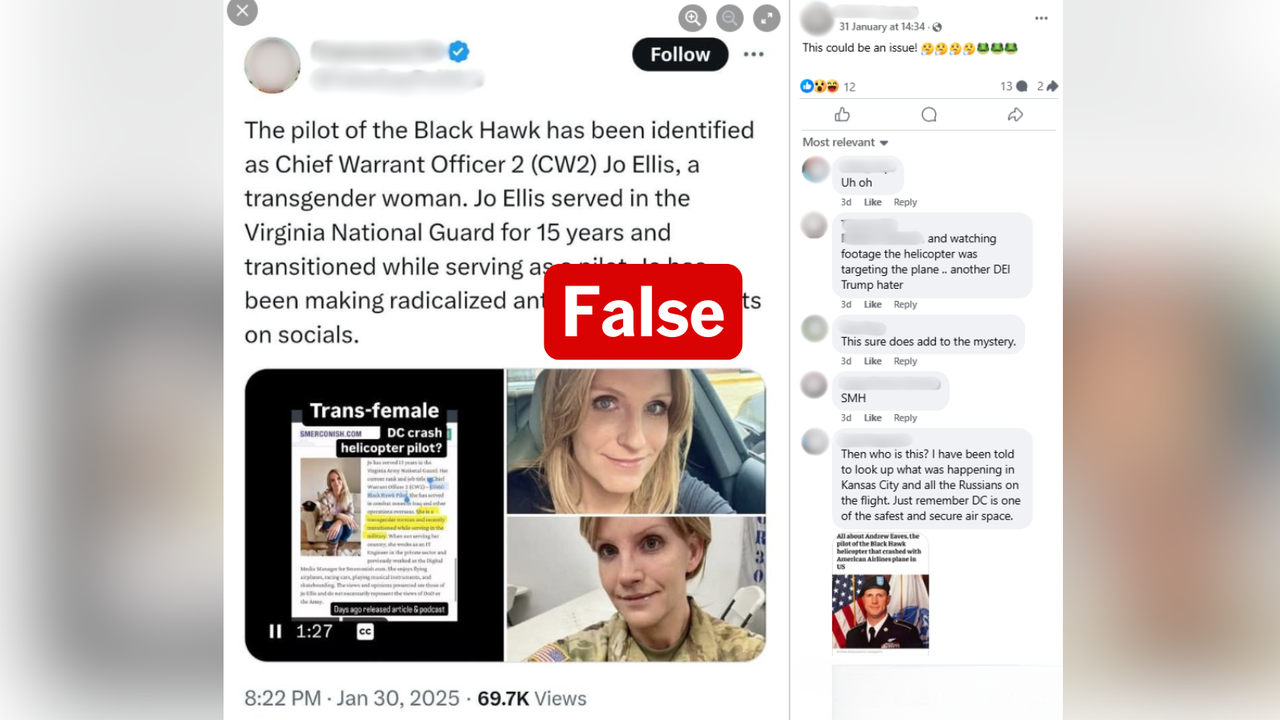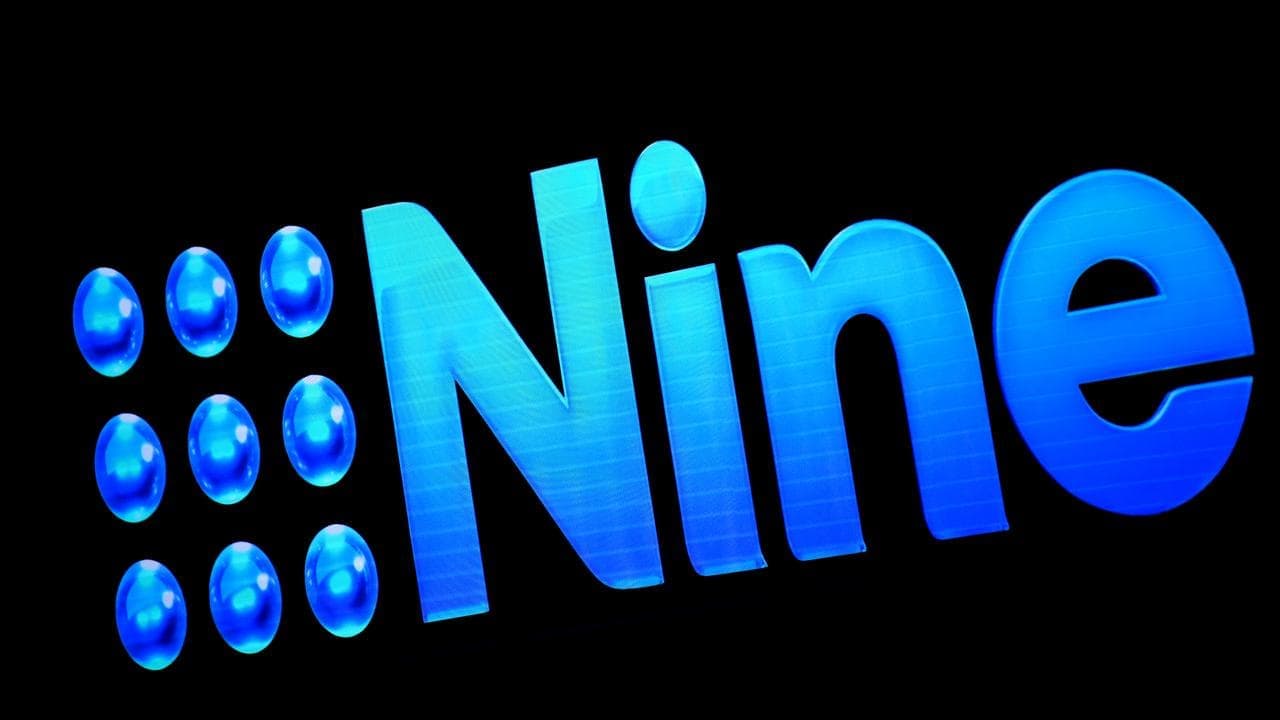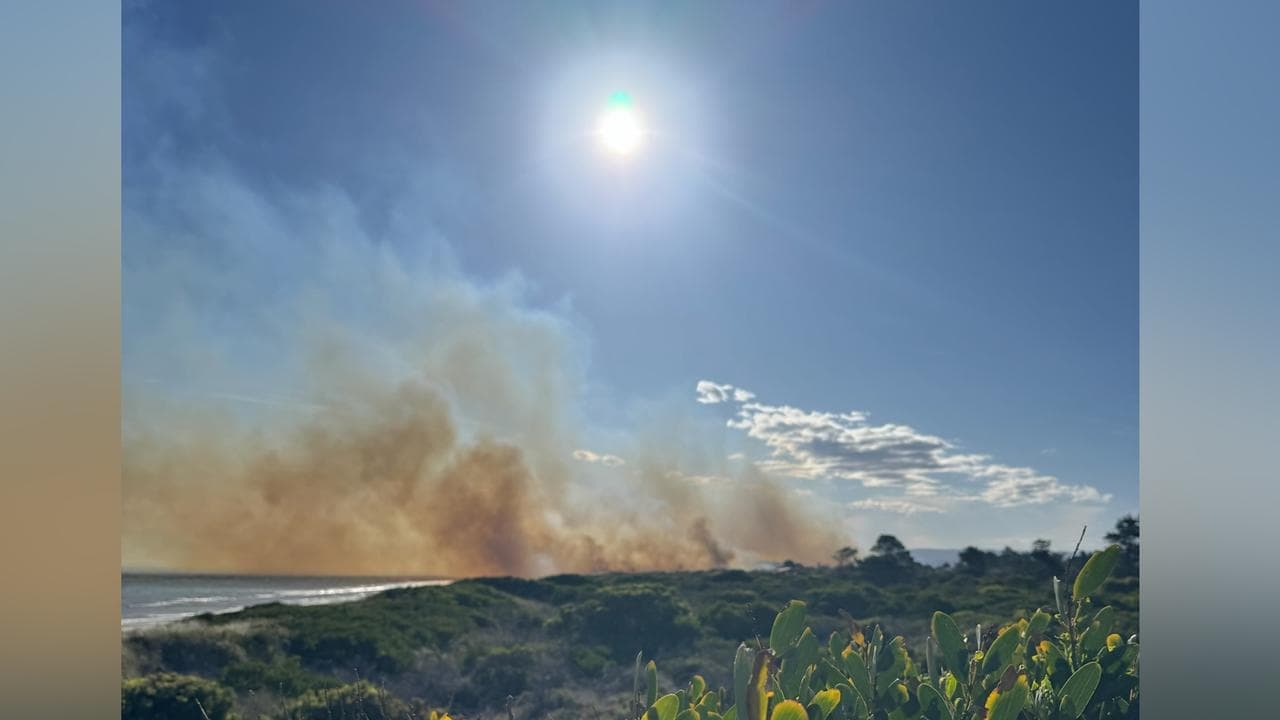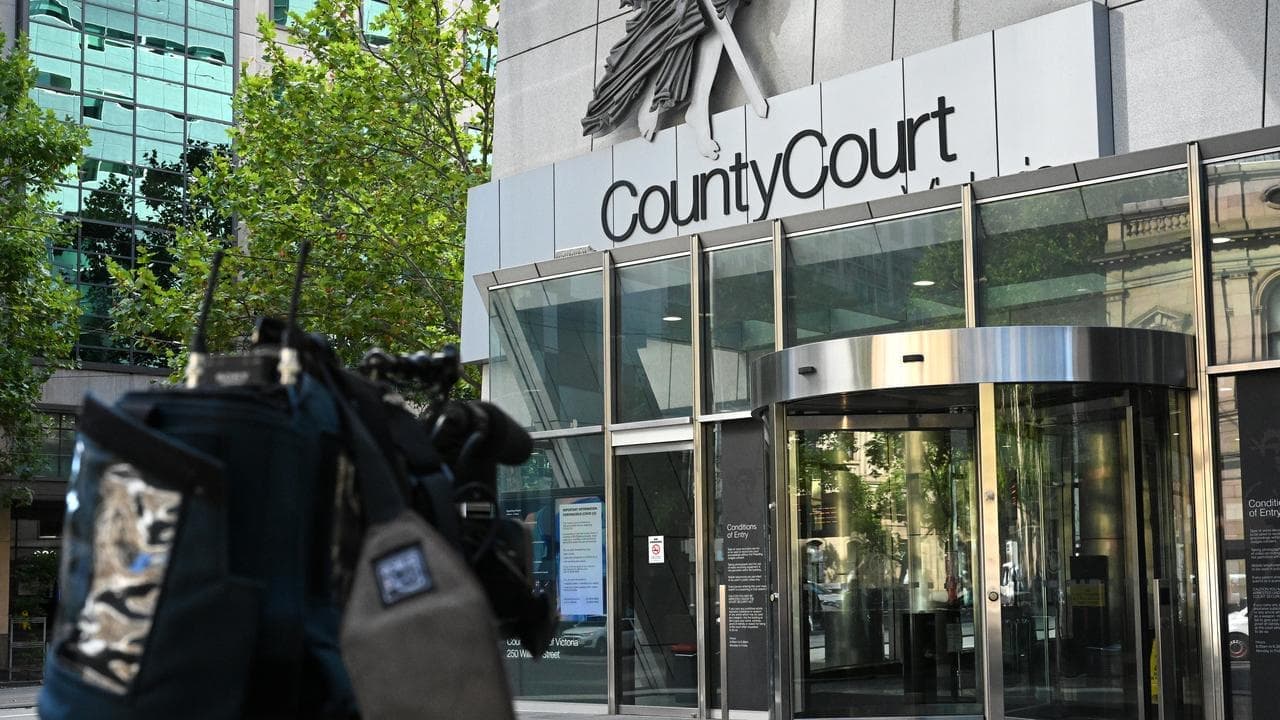WHAT WAS CLAIMED
The WHO is 80 per cent privately funded.
OUR VERDICT
False. Audited financial records show the WHO receives less than a quarter of its annual funding from private organisations.
AAP FACTCHECK - A podcaster is falsely claiming the World Health Organization (WHO) is 80 per cent privately funded.
Audited financial records published by the WHO, however, show less than a quarter of the global health body's annual funding comes from private organisations.
Experts confirm the claim is false and that governments provide the majority of the WHO's funding.
The man makes the false claim on Instagram, in a post taking aim at a pandemic agreement recently ratified by the WHO, with Australia one of 127 signatory nations.
He also claims Australia has "handed over" pandemic powers to the WHO under the agreement, a claim previously debunked by AAP FactCheck.
"The WHO is over 80 per cent funded by private interests," the man says in the video featured in the post.
AAP FactCheck contacted him to ask for evidence supporting the claim, but he did not respond.

Audited financial statements published by the WHO reveal the organisation received $US3.496 billion in funding for the 2024 calendar year.
This included $599 million in "assessed contributions" (page 86), funding that WHO member states must contribute.
A further $2.898 billion in voluntary contributions was received (p86), of which $1.482 billion was donated by member states, according to separate records.
In total, $1.374 billion in voluntary contributions was received from sources that weren't member states - both publicly owned organisations and private groups.
Those sources included various United Nations bodies, which together contributed more than $141 million, as well as the World Bank, which contributed $104 million in 2024.
Private organisations, including universities, pharmaceutical companies and not-for-profits, contributed about $806 million in 2024, according to AAP FactCheck analysis.
That figure is less than a quarter of the $3.496 billion total.
Of this total, the WHO has budgeted a shortfall of $463 million for 2024, which is primarily outstanding amounts owed by the US that it does not expect to receive following the country's withdrawal from the organisation.
Taking into account this shortfall, the body's funding total is $3.032 billion for 2024, of which voluntary contributions from private groups would be slightly more than a quarter.
Kathryn Jacobsen, a health studies expert at the University of Richmond in the US and former WHO technical expert, said that even the $806 million from private groups overstates contributions, as public funding flows through many private donations.
Professor Jacobsen used US-based Rotary International as an example; the organisation contributed $103 million to the WHO in 2024 but itself received hundreds of thousands of dollars in funding from US government agencies.
"The rumour about 80 per cent of WHO funding coming from private sources is false," Prof Jacobsen told AAP FactCheck.

She went on to point out that WHO donors can also be organisations that are run as partnerships between governments and private companies.
An example is Gavi, the Vaccine Alliance, which contributed more than $258 million to the WHO in 2024 (p8).
Gavi receives funding from dozens of higher-income countries, large corporations and philanthropic organisations.
WHO financial records show that contributions from Gavi flow into health programs around the world, including in Africa, East Asia and the Pacific.
Lawrence Gostin is a global health law expert at Georgetown University and director of the WHO Collaborating Center for National and Global Health Law.
Professor Gostin told AAP FactCheck most of the WHO's funding comes from public sources, either from assessed mandatory contributions or voluntary donations from member states.
"That claim is utterly false," he said.
"Private funding is not large and it tends to be for particular interests of the donor, like polio eradication."
AAP FactCheck is an accredited member of the International Fact-Checking Network. To keep up with our latest fact checks, follow us on Facebook, Instagram, Threads, X, BlueSky, TikTok and YouTube.












